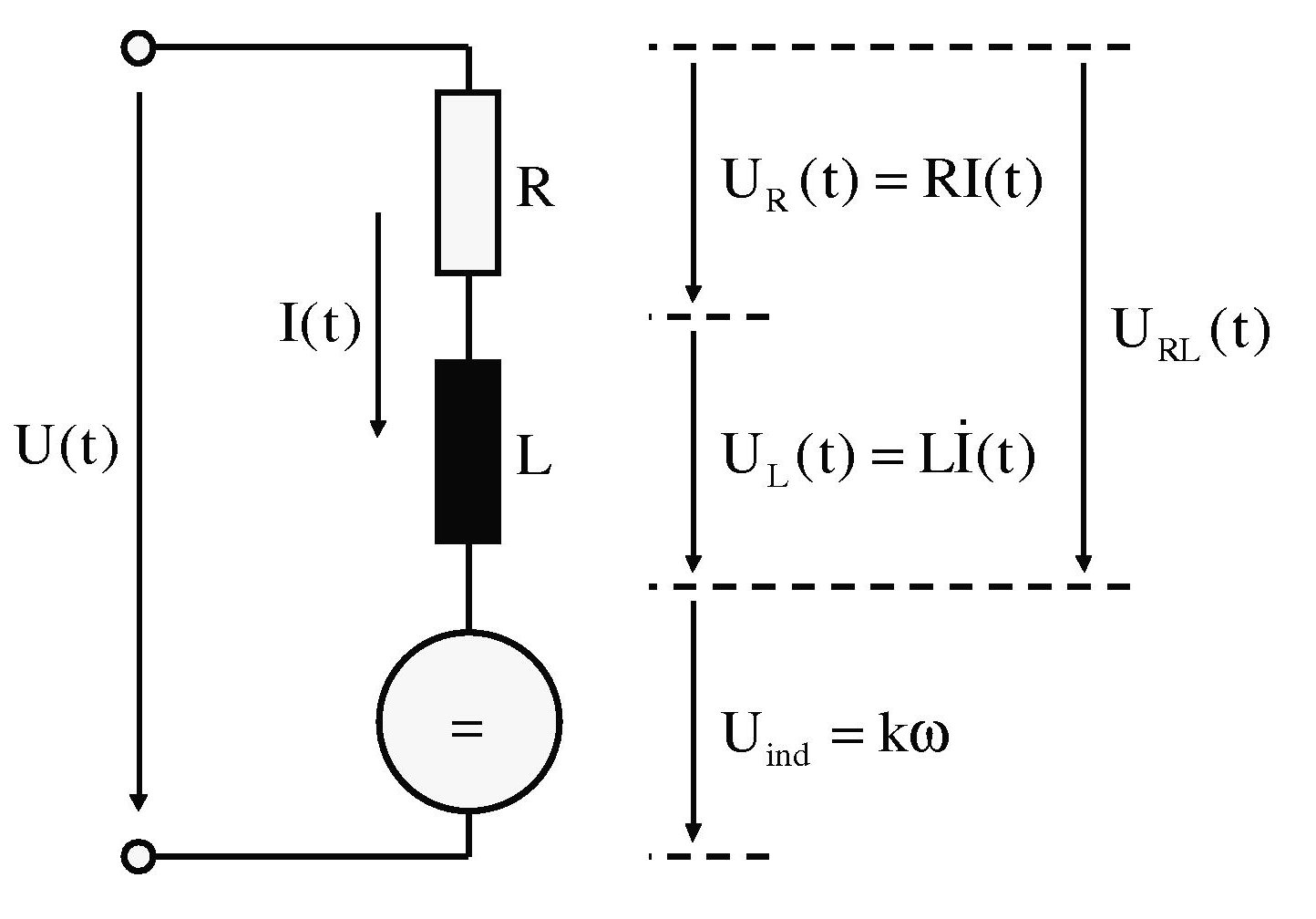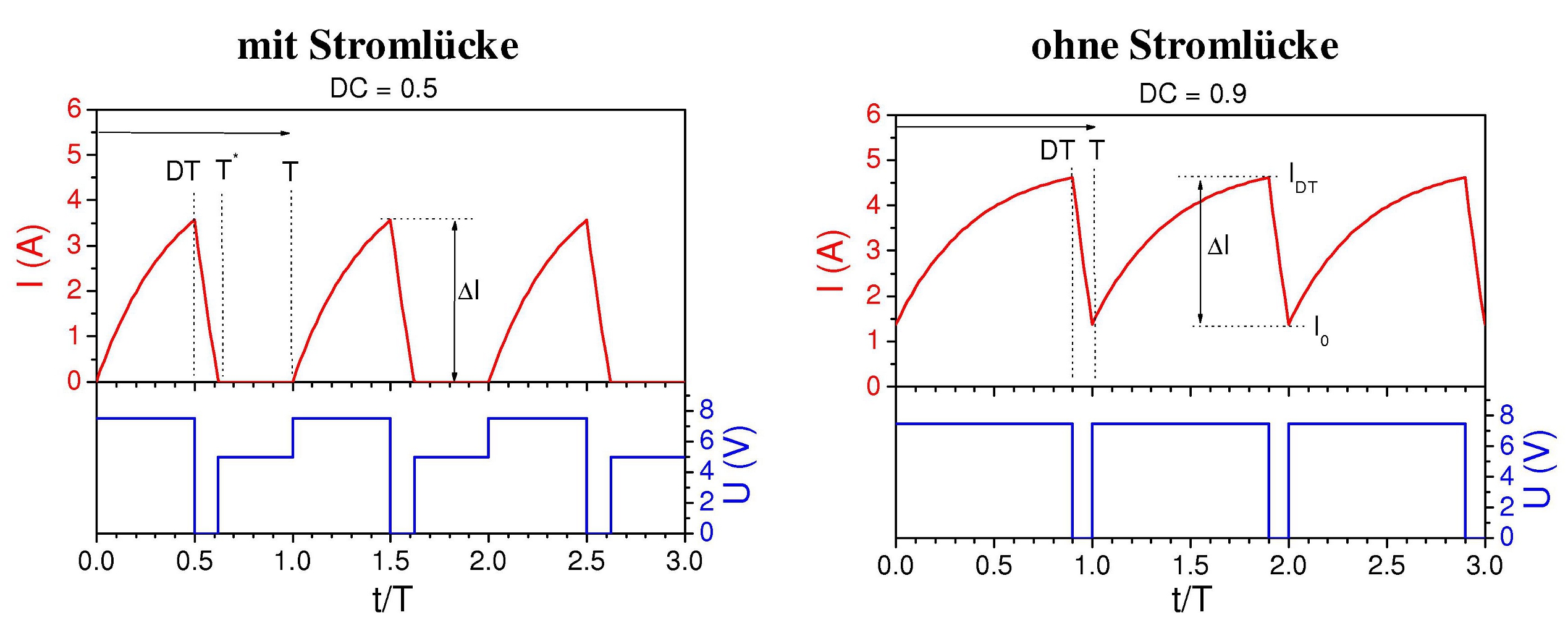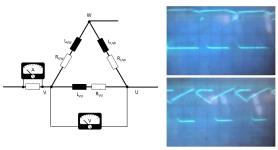casainho
10 GW
- Joined
- Feb 14, 2011
- Messages
- 6,045
Not concerned at all because they have a long history by now, more than 7 years and still selling the same cheap controllers like the famous KU63. I am doing just the same others did, buying, learning their controllers and hacking them. But now this new ones (with STM8S) are programmable and so the hacks will go deepertimmy66 said:Are you concerned that you won't have a platform for using it if BMSBattery stops selling this? Or if you've gotten the schematic well documented, maybe invite someone else to produce the hardware so there's no issue with availability?
And yes, for making hardware, we just need a LOT of money
Would you have a better alternative in USA? I bet not.timmy66 said:Frustrating shipping costs from BMSB are about the same as the controller price










